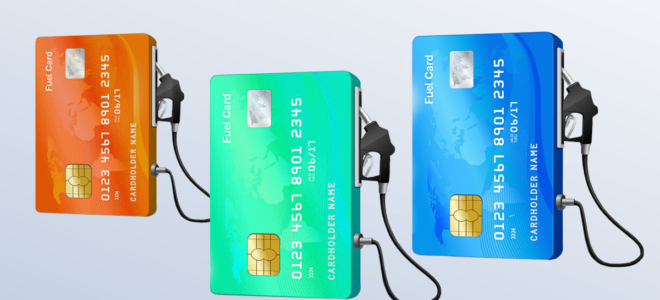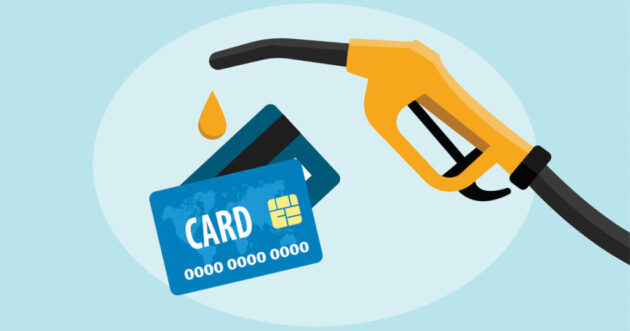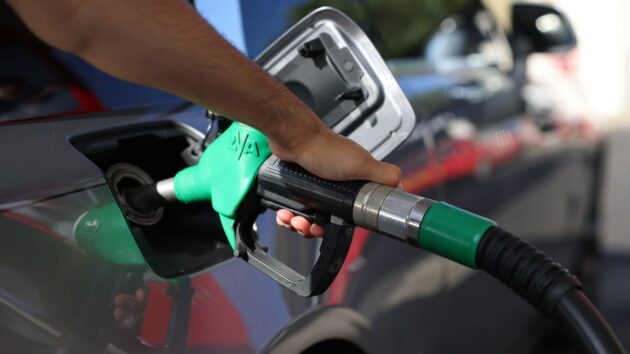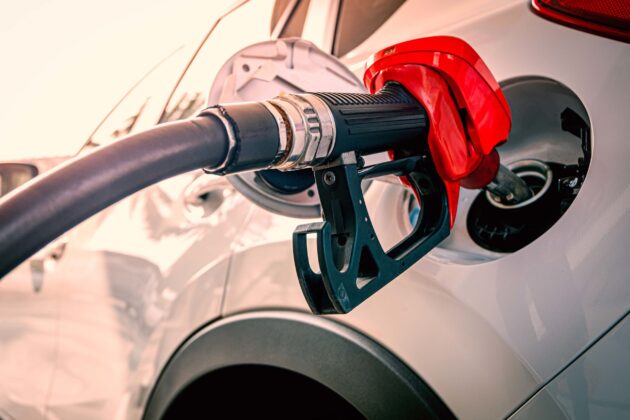
Cutting down on gas expenses can significantly increase your bottom line, especially since fuel makes for the largest expense in trucking companies. With vehicles needing to be refueled regularly, fuel expenses rack up quickly, and tracking them becomes increasingly difficult. The paperwork involved with these expenses is extensive, and with human error being a very real possibility, managing costs becomes difficult.
But with the introduction of fuel cards, fuel cost management has become streamlined and much simpler. The cards have all but eliminated the need for paperwork, allowing managers a glimpse of the data without the need to manually fill it out. Fleet managers benefit immensely from fuel card integration, reducing gas expenses in more ways than one. On that note, let’s look at how fuel cards save money.
How Fuel Cards Work

Source: tcsfuel.com
Fuel cards are, in essence, credit cards that are provided to vehicle fleet drivers through a partnership between the said company and fuel card provider. Drivers can use these cards to refuel their vehicles at fuel stations partnered with the card providers to receive discounts and deals.
At the very foundational level, fuel cards perform one invaluable task: accumulate various data. While it may seem simple at first glance, the scope of this data is what makes fuel cards an indispensable resource to the company.
Drivers can only use fuel cards for purchasing fuel or vehicle-related services, but they add a layer of management to the fleet. From fuel purchase data to information on driving techniques, fuel cards can help managers optimize gas usage in their fleet.
There are ways aplenty in which fuel cards benefit a vehicle fleet and in turn, aid in increasing their bottom line.
Ways Fuel Cards Help Reduce Gas Expenses
1. Fuel Discounts And Savings

Source: walesonline.co.uk
Fuel cards can only be used in select refueling stations specified by the fuel card provider. But thanks to the partnership between the card provider and your company, the fuel can be purchased at a subsidized rate. Moreover, many card providers charge no annual maintenance fee for distributing fuel cards to your drivers.
Though these savings seem small when looked at the per-gallon rate, the entire fleet will benefit from the low rates. The money the company saves with a fleet-wide discount adds up, increasing your bottom line and aiding in company expansion.
2. Fraud Protection
Drivers carrying cash can make them a target for the nefarious elements of society, but with fuel cards, your drivers can rest easy. These cards are useless to anyone who doesn’t know the unique ID, nor can they be used anywhere but the specified stations. It’s an added layer of security for your drivers from being robbed.
Fuel cards keep track of your drivers’ spending habits, and since they can only be used for refueling, there are no chances of fraud. This data can, in turn, help pinpoint if the fuel is being used for personal uses or for strictly professional use.
3. Fuel Expense Management
As the manager of a commercial vehicle fleet, you can set limits on the hours and the credit that can be used on any given day. These restrictions further streamline the amount of extra money spent on daily diesel refueling.
Additionally, you can add or restrict the services that a driver can purchase, depending on the vehicle or task they perform. This allows for a seamless way of controlling how much money is siphoned into a fruitless venture.
4. Reporting Features

Source: swagbucks.com
Fuel cards like the WEX Fuel Card can help keep track of data such as vehicle performance, maintenance needs, driver performance, and vehicle issues. And you can put this data to use and upgrade your vehicle fleet accordingly. For instance, the driver performance data can be used to train drivers and reduce the time they spend idling, accelerating, or braking excessively during transportation.
Each of the practices associated with poor driver performance costs additional fuel, which can add up in the long run. Hence, training your drivers becomes a significant investment.
Additionally, cars, trucks, and vans that perform poorly consume plenty of extra fuel. There is a possibility that the company has lost plenty of money in such a way already. And this is where your drivers can use fuel cards to access the required parts for improving vehicle performance and using professional servicing stations.
These small aspects can make a difference in your bottom line, making WEX fuel cards indispensable in a vehicle fleet.
5. Management Tools
Like many services these days, fuel cards come with dedicated apps to help drivers manage their accounts. Moreover, these apps give you access to fuel card data on the go, providing you with a complete picture of fuel expenses.
You can set up alerts to be notified when a driver makes significant purchases with their fuel card, view the statements, and act accordingly. The ability to customize permissions and spending, as well as allowing you to plan driver routes beforehand can reduce fuel consumption significantly.
Fuel cards also link up with other technologies used in the trucking business, such as telematics, for more accurate fleet management. This gives you complete control over fuel expenses, increasing company savings by a wide margin.
Conclusion
Fuel cards have proven to be one of the most revolutionary additions to vehicle fleet management, being an easy, safe, and cost-effective way of refueling.
These cards provide a wide range of statistics that keep you informed about every aspect of the fleet. This, in turn, helps you manage fuel costs quite easily.
The improvements in fleet efficiency, ranging from driver and vehicle performance to route preplanning, also contribute to reduced gas expenses. Fleet management is an expensive affair, and every penny that you save adds up in the long haul.
And the cards’ ability to pair with other management tools makes them invaluable to fleet management. As a fleet manager, having fuel cards integrated into your fleet may very well be a game-changer when it comes to fleet management.



